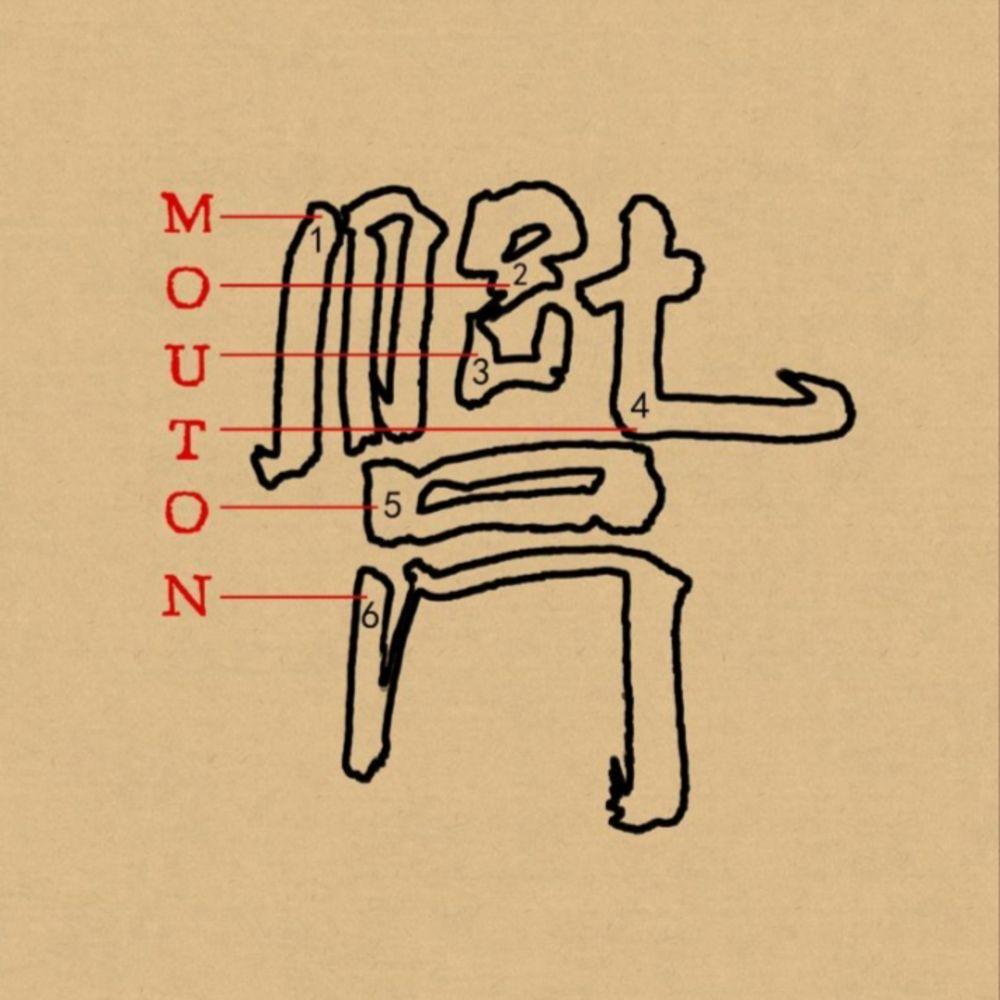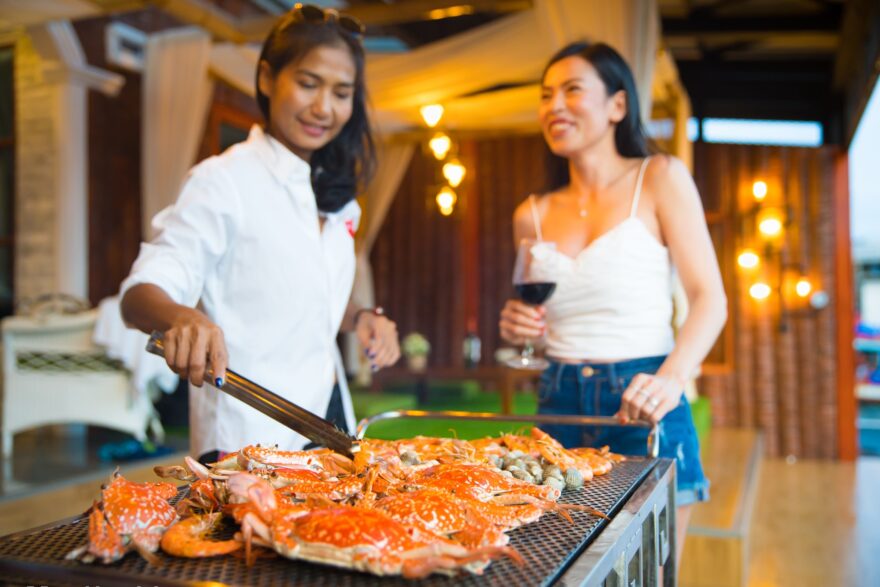8 Ways to Make Your Wine Packaging Stand Out in the Chinese Market


Many good wines are still left facing difficult circumstances in the Chinese market to this day. The development of modern logistics systems and the segmentation of retail channels have given rise to an extremely competitive wine market that offers a great selection of products at every price point; in China, however, this market is met by a novice consumer base whose wine habits have yet to fully mature. The challenge faced by many wineries when selling their products in China is how to stand out and catch consumers’ attention in such a crowded market.
The solution to this challenge may very well lie in the product’s packaging. As the face of the brand and the most important way of communicating its quality to consumers, the various aspects of wine packaging and presentation are becoming more important by the day.
In recent years, more wine brands have been applying unique and innovative concepts to the packaging of their products, and many of these new methods have indeed succeeded in capturing the interest and wallets of Chinese consumers. Here, we’ve rounded up the cream of the crop to share with you.
Chinese-Style


A closeup of the first word “Mouton”, though it masquerades as Chinese calligraphy. Photographer: Xu Bing Studio
Following the surge of consumer interest in products that integrate elements of Chinese culture into their packaging design, many wine brands have started using this trend to attract Chinese consumers.
As an example, around New Year’s, many luxury brands release products to the Chinese market that feature the Chinese zodiac in their design. However, when results have clashed, some of these brands have also been ridiculed for their attempts to blend traditional Chinese culture with their existing brand design.
In the wine industry, brand design for the Chinese market done by France’s Chateau Mouton Rothschild is an example of a success. It was actually back in 1996 and 2008 that the winery first invited the Chinese artists Gu Gan and Xu Lei to create wine labels for their products that featured Chinese elements in their design.
However, it wasn’t until this year, on the tide of renewed Chinese-style consumer interests, that the winery had real success with this method. For their 2020 label, they collaborated with the artist Xu Bing in creating a label that displayed their name, Mouton Rothschild, stylized in the vein of traditional Chinese characters; the resulting design was received favorably across the market.
Small-sized Bottles
In terms of the global market, the 750 mL wine bottle is the most popular size, and is often seen as the default packaging for many brands. But with populations shifting more and more toward major cities, and with the pace of life in those cities growing quicker by the day, traditional societal and family structures are undergoing significant changes, and the demand for products that meet a “food for one” lifestyle has grown.
As shown by recent studies, personal-size products are the most commonly purchased beverage category for those born in the 1990’s; with these smaller bottles, there is no need to worry about re-corking and saving leftover wine, a hassle that the younger generation is eager to do without. In fact, according to sales reports from Tmall, small bottles (187 mL) are being sold at a rate of 2,000 bottles per month, while the classic 750 mL sized products are being sold at a rate of 200 bottles per month.
Anti-Fraud Labels


Counterfeit Wines
Sub-standard, counterfeit products are still a rather serious problem in today’s market. Although regulatory agencies have increased the intensity of their governance and investigation into the issue, it has not led to a satisfying resolution in the short-term.
Now, many brands have started using various forms of anti-fraud labeling on their wine bottles to help consumers assess whether the wine they are purchasing is real or counterfeit, a move which has been much appreciated by consumers and has greatly increased their confidence in these brands.
Of course, in addition to providing quality tracing for each bottle of wine, anti-fraud serial numbering can further strengthen the bind between a brand and their customers, and even help give the brand a more accurate picture of their consumer demographic – which may prove an effective tool for future marketing and promotional campaigns.
A Shift Toward Logos
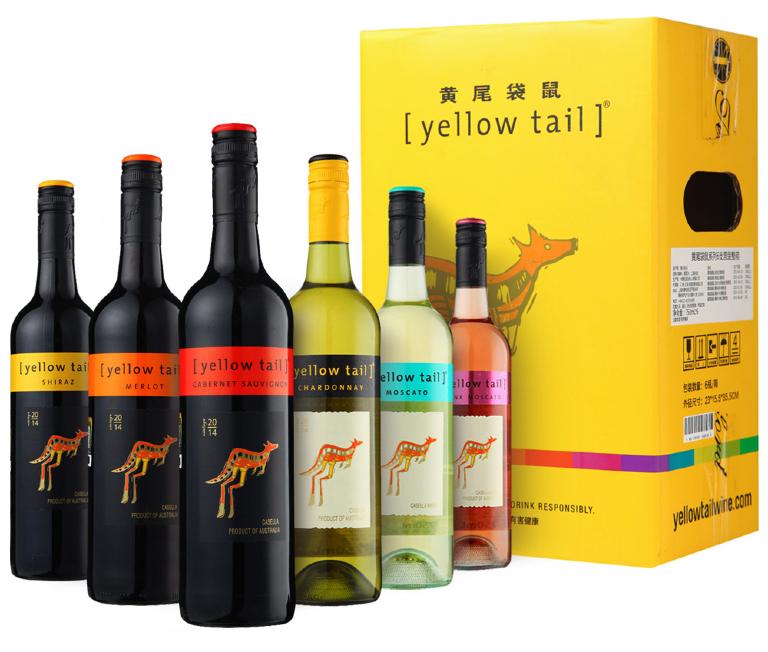
For imported wines, one setback to true market penetration lies in the inability of Chinese consumers to understand their complex labels. To a Chinese consumer who does not understand foreign text, identifying information such as the winery name, vintage, production region, and grape variants on the label of an imported wine can be confusing, and thus makes it difficult for them to distinguish between different imported wines based on the label.
To this point, the Yellow Tail brand from Australia’s Casella Estate saw swift success in the Chinese market after simplifying their label design to center around a logo. The winery’s kangaroo logo makes its products highly distinguishable from other wines, and its coloring also helps it stand out in the wine section at supermarkets for shoppers to find with ease. Due to its highly recognizable and likable logo, the brand has established itself very effectively in the market, to the point where it has become known simply as “yellow kangaroo” by Chinese consumers.
Streetwear Design
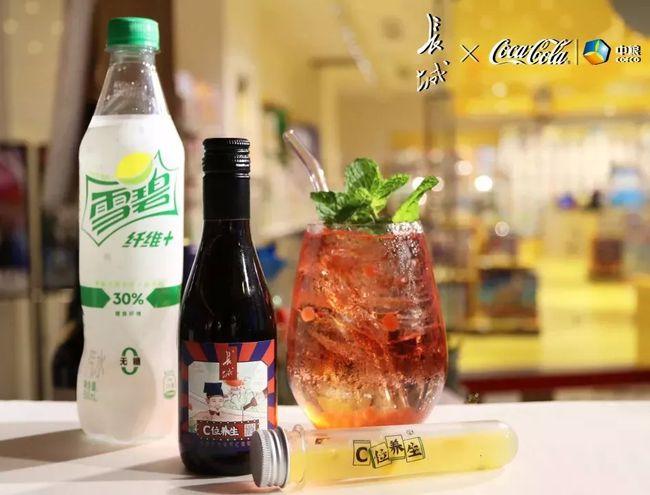
Streetwear or hip-hop culture is something of an attack on more traditional brands, especially those which place an emphasis on their tradition and its inheritance, as well as the quality and respect of their brand. This has led to controversy within some brands over whether or not to cater to streetwear and hip-hop culture in their business and marketing; however, one thing that cannot be disputed is the fact that streetwear is now a trillion yuan market.
A few wine brands are bravely taking the leap and testing out the waters in this market. In late 2019, the Chinese wine brand Great Wall, under the name “The New Trends in Wine Research Institute,” released cultural box sets featuring historical figures as the subjects, and with hip-hop culture designs. Great Wall has also developed a fresh and unique streetwear beverage product that has seen great interest from younger consumers: its “Happy Couch Potato Drink”, a product stemming from the winery’s cross-border partnership with Coca-Cola that blends its flagship wine with carbonated Coca-Cola.
Gift Packaging
The culture of gift-giving has a long and storied past in China, and the depths of implied meanings, significance, and symbolism that are involved in giving gifts means that the utmost care must be taken in every selection. Only those involved in giving or receiving the gift will truly understand these implications, and bonds can be formed or strengthened through the gesture.
This is especially true in a business setting, where a strict set of rules guides the selection of restaurants dined at, dishes ordered, and drinks paired during a meeting between business partners. Throughout an evening, the invitee will be forming an opinion of their host’s congeniality, and this may in turn form the basis of their working relationship.
Gift purchases are also an important segment of wine sales, where products with “high-quality” packaging are typically given the warmest welcome in the market. Nowadays, however, most of the more elaborate packaging is done second-hand by wine retailers, who are most in-tune with the demand of consumers, than by the wine producers.
Self-Heating Packaging
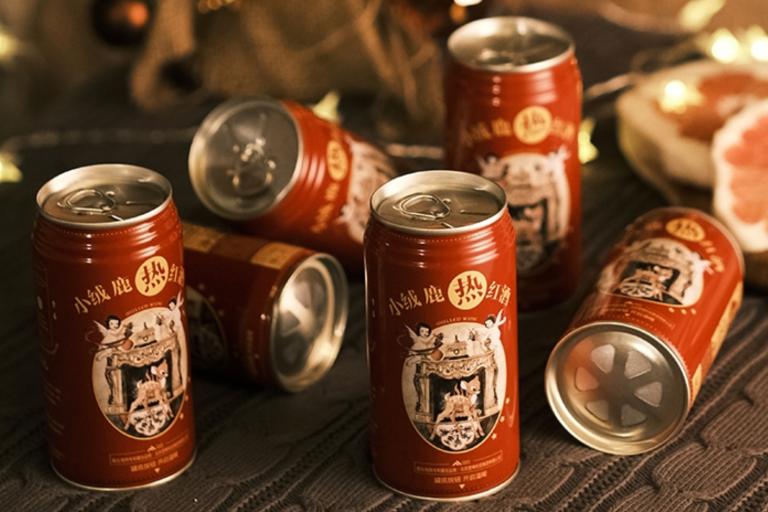
Nearly every consumer brand would agree that Chinese consumers are among the most willing and enthusiastic in the world when it comes to trying out new products, and the wine industry is no exception.
In the past two years, mulled wine has become something of a sensation in China, spreading throughout the country like wildfire and becoming especially popular among the younger generation because of its unique flavor and the warmth it brings during the cold winter months. In fact, manufacturers have been left scrambling to keep their production levels up to the demand.
This December, the popular Lady Penguin online wine store put out a limited-quantity mulled wine in self-heating packaging; this packaging only requires activation via applied pressure to the bottom of the can and a light shake before the wine inside is heated and ready to drink. This type of self-heating mulled wine packaging garnered much attention upon its release, and has become a hot-seller through online platforms.
Environmental Sustainability
In 2019, Shanghai implemented a domestic garbage classification system, which required its citizens as well as businesses and corporations to abide by sorting standards when throwing away their trash, and then further covered the organized transportation and disposal of the garbage. This standard has now been adopted by many other cities throughout China and has impacted many different industries, including the wine industry.
For example, Pernod Ricard has started collaborating with bars and other wine retailers to start initiatives for empty bottle returns, allowing the bottles to be recycled. Consumers are starting to care more about whether the bottles they purchase are made with recyclable materials, and even whether or not their labels are environmentally friendly. Some of these factors are now directly influencing consumer purchasing decisions, prompting many brands to select more recyclable and sustainable materials for use in their packaging.
The wine industry places great emphasis on its history and traditions, and many wineries are meticulous in their devotion to product quality, local customs, fermentation techniques, and other aspects of their craft. In China, as a newer market with a high level of enthusiasm and curiosity toward wine, consumers have an almost romantic relationship with wine, looking for a product with “aesthetic appeal at first sight” and a “quality that they become enamored with.”
For a wine connoisseur, one only needs a love for wine, and in the end nothing else matters; but for a winery looking to impress a wide and diverse range of potential consumers, and stand out among the intense competition of an overcrowded market, please be sure to pay mind to your packaging and presentation.

